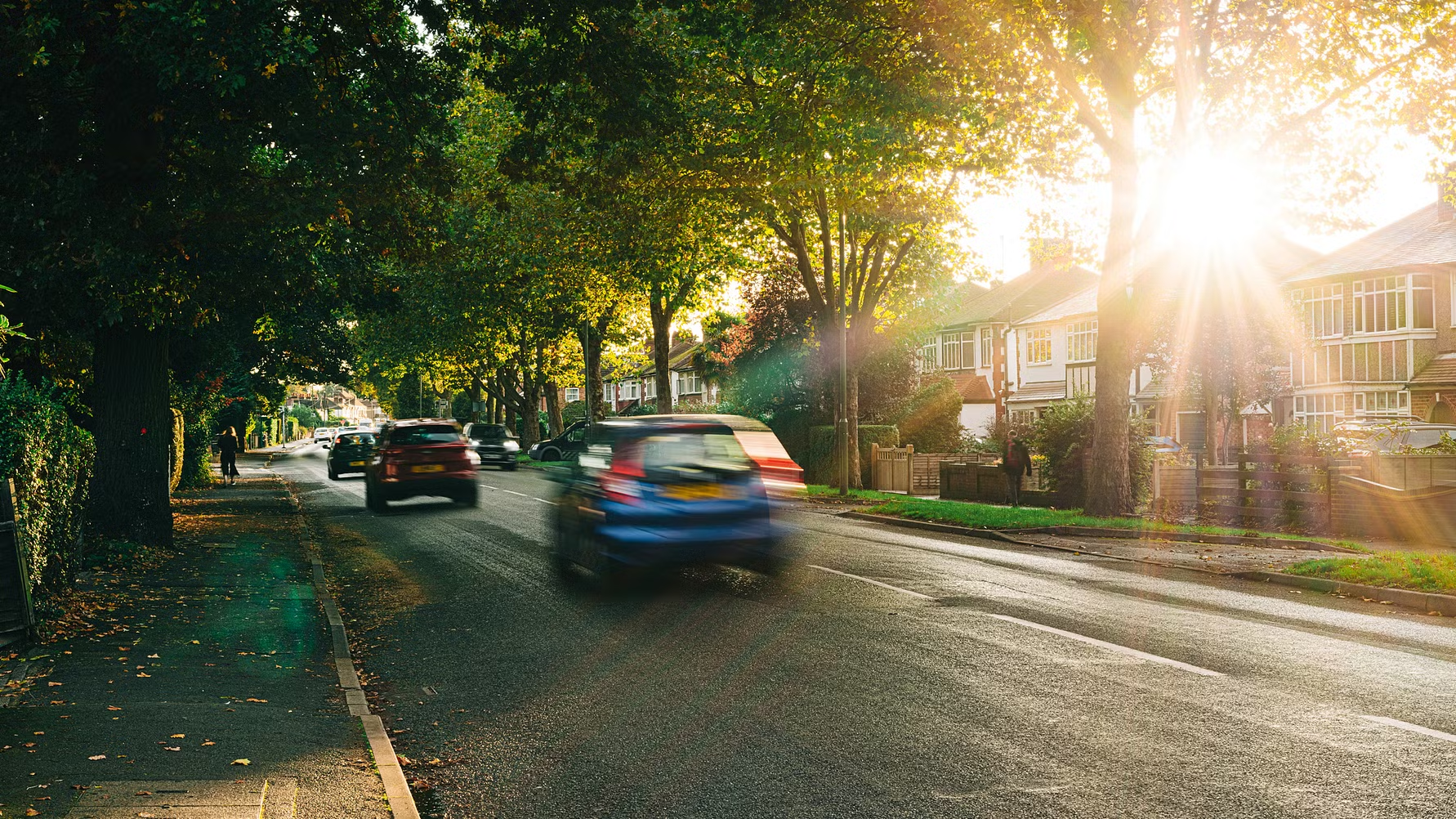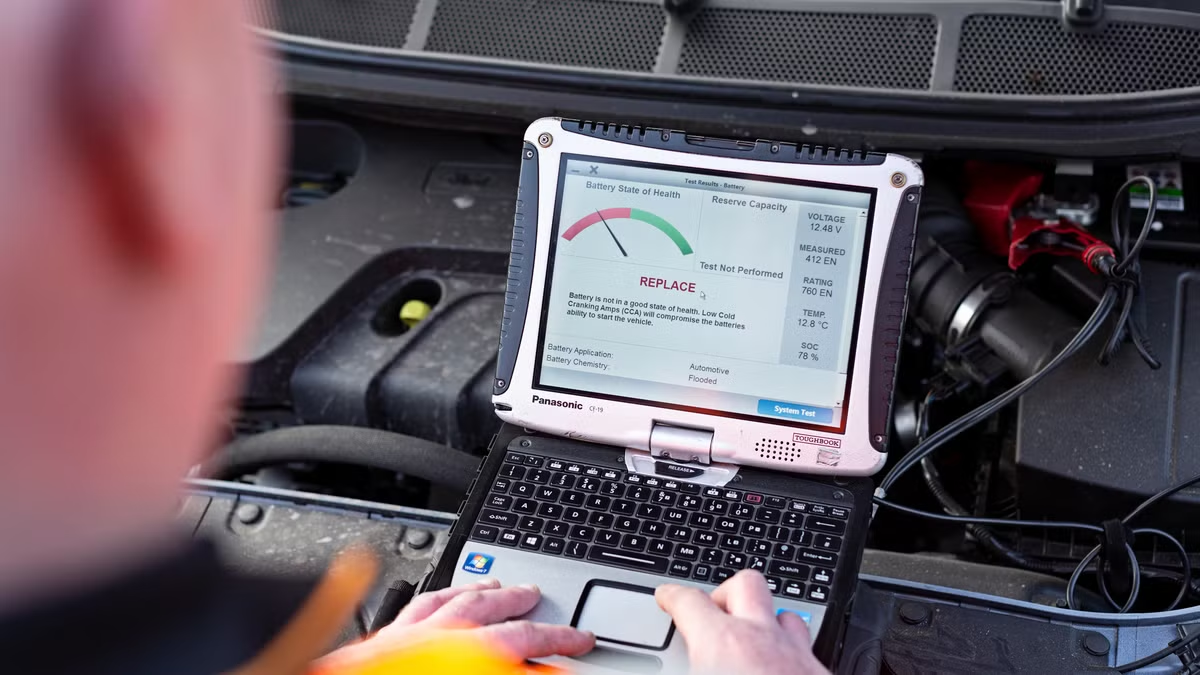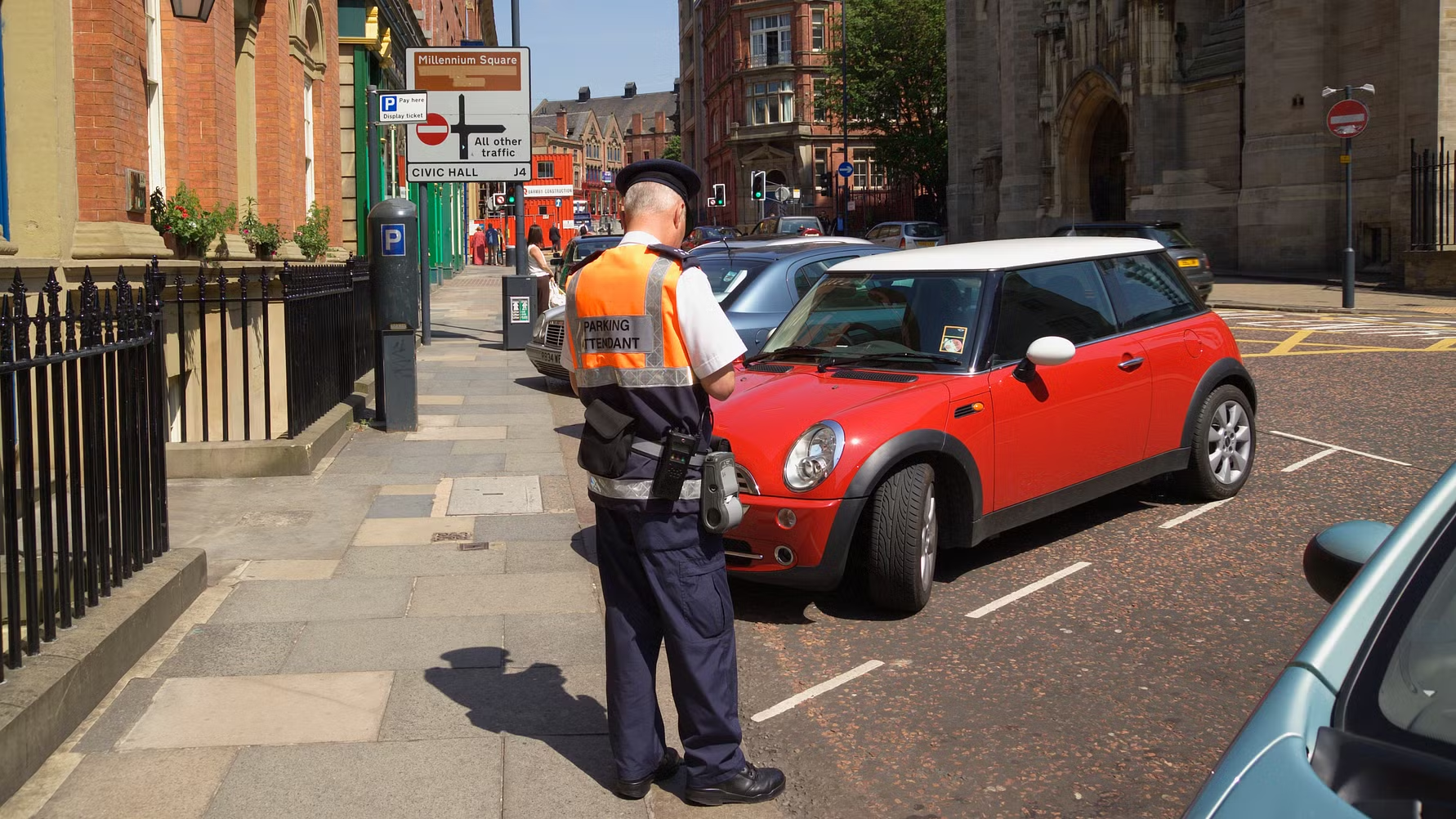- RAC is predicting a ‘hat-trick of hold-ups’ as around 2.7m trips are planned on Thursday 18th, Good Friday 19th and Saturday 20th April
- Delays of over an hour likely around London and routes to and from the West Country

This year’s Easter bank holiday weekend could be the busiest since 2022 – the first full getaway after COVID lockdowns – with more than 19m leisure journeys planned, according to a new study of drivers’ getaway plans by the RAC and traffic analytics specialists INRIX.*
Research suggests traffic will be equally severe on Thursday 18th, Good Friday 19th and Saturday 20th April with drivers planning around 2.7m trips every day during that period.
The number of trips planned drops slightly on Easter Sunday to 2.5m, before increasing again to a further 2.7m on bank holiday Monday as millions of people return home – ahead of most school terms beginning the next day.
A further 6.2m journeys are anticipated at some point over the Easter bank holiday weekend, but drivers planning these trips are still unsure exactly when they’ll travel – with the notorious British weather likely to be a big factor.
INRIX expect Thursday 17th to be the worst day for traffic when jams are likely to increase by nearly a third (30%) more than usual. On this day, INRIX are predicting delays of more than an hour on the 35-mile anti-clockwise stretch of the M25 between J7 for Gatwick Airport and J16 for the M40 to the West Midlands, around 11:45am. The M6 north of Chester and M25 clockwise towards Godstone in Surrey could also see long delays in the evening.
Meanwhile, on Good Friday, the lengthiest hold-ups are expected between 11am to 1pm, meaning drivers are advised to start their trips as early as possible in the morning or delay them until later in the afternoon.
Two popular routes to the West Country – the A303 westbound to Stonehenge and the M5 southbound between J15 at the RAC tower north of Bristol and J23 for Bridgwater – could be affected by some of the longest jams, with journey times extending to 43 minutes and one hour 20 minutes respectively – more than half as long as usual.
For those returning from the West Country on Easter Monday 21st April, delays of nearly an hour (58 minutes) are expected around 2:30pm on the M5 northbound between J25 for Taunton and J16 at the RAC tower.
Elsewhere, the M25 anticlockwise between J4 from Bromley and the Dartford Crossing will be hit with queues at lunchtime, with journeys taking over half an hour longer than normal.
Interactive embeddable version of this map available here

RAC breakdown spokesperson Alice Simpson said: “The late bank holiday weekend clashes with the end of the Easter break for many schools – which we think will change the nature of this year’s getaway.
“Although journey numbers are still very high, we’re anticipating more day trips and weekend breaks than people heading off on one and two-week stints, reflected by INRIX’s predictions that the worst delays will be along routes from Gatwick to the rest of the country. This could lead to a ‘hat-trick of hold-ups’ on Thursday, Friday and Saturday as drivers visit family and friends.
“But while getaway journeys may be shorter in length, we’re still expecting to see extremely high levels of traffic from Thursday onwards, with the greatest number of Easter getaway trips planned for three years.
“Drivers shouldn’t expect to escape the queues if they don’t plan the best time to set off. It’s always best to travel as early as possible in the morning or later in the day when most of the traffic has eased, especially if headed to popular holiday destinations such as the West Country, Scotland or Wales.
“The Easter bank holiday is always a busy time for our patrols, but motorists can often avoid breaking down altogether if they make sure their cars are road-ready before setting off. An RAC Mobile Mechanic can service or repair your vehicle at home or work, eliminating the need to get to a garage.
“Despite the predicted jams and weather set to be cooler than it was for many of us last week – the one silver lining for anyone getting away could be lower fuel prices. All the talk of trade tariffs has pushed oil prices down, which should lead to lower petrol and diesel prices at the pumps if retailers pass the savings on.”
National Highways’ traffic contraflow system, ‘Operation Brock’, will still be in place throughout the Easter weekend until 22nd April, with lorries travelling to the Port of Dover being directed to a specific lane at Junction 8 of the M20.
Port of Dover chief executive Doug Bannister said “Thanks to the hard work of our operational team, our French and UK partners, and the travelling public, we’ve seen strong passenger numbers move smoothly through the port this Easter break.
“Looking ahead to the bank holiday weekend, we’re forecasting a busy day on Thursday when we expect around 5,000 cars, and Friday 18th with around 5,500 cars heading on their holidays from early morning until lunchtime. We’d like to remind passengers to travel to the port by the main routes only and arrive no more than two hours ahead of their scheduled sailing.
“The launch of the coach trip pre-registration system during this busy Easter travel period, has also contributed to a more efficient experience, with ferry operators reporting that nearly a third of school groups have utilised it.”
For drivers planning a long Easter getaway journey, the RAC advises booking an appointment with one of its Mobile Mechanics. RAC Mobile Mechanics can complete services and repairs on the driveway or at a place of work, giving drivers peace of mind before they leave the house.
Interactive embeddable version of this map available here



























